Fine jewelry is a talisman that links us to the eternal chain of history, writes Sarah Chrisman (author specializing in late Victorian history and of the internationally-acclaimed Tales of Chetzemoka historical fiction series).
That glittering gem upon a bride's finger lay within the earth for millenia before wondering eyes held it up to shine in the sunlight for the first time.
The gold embracing that gem may have been discovered in the thrilling boom-time adventures of 1849 California or the glittering Yukon of the 1890's; it may even have had a longer and still more exciting journey.

Many precious metals have borne silent witness to countless ages of humanity. The coins of Ancient Rome were melted down to make chalices which fair medieval ladies used to toast the health of brave knights.
Moving onwards through history those metals underwent still more transformations until finally taking their role in a timeless rite of love. When Queen Victoria joined her life with her beloved Prince Albert, the ring he gave her was in the shape of a golden snake, a symbol of eternity because snakes are reborn each time they shed their skins.
This symbol of endless love always renewing itself remained a popular motif in jewelry throughout Victoria's reign, and was seen in bracelets as well as rings. (In 1883, Peterson's Magazine ran a picture of a silver serpent bracelet in their pages illustrating the latest fashions, right along with images of the trendiest bonnet and the newest summer bodice.)
The queen's ring was set with a precious emerald, rubies, and diamonds, each stone deeply imbued with meaning.
The Victorians had a whole language and sentiment of gems, just as they had a language and sentiment of flowers.
One could bid a lover remember by sending a spray of forget-me-nots, or by the much more lasting gift of a shining beryl. Pearls were for modest loveliness; garnets for fidelity.
Diamonds were for pride — and what engaged couple has not felt their hearts swelling with this sentiment?
Whereas once diamonds were the purview of royalty, extensive discoveries of them in the nineteenth-century made them much more widely available.
By the end of Victoria's reign social etiquette guides were calling out diamonds as a popular choice for engagement rings. However, they were not, by any means, the only option.
With diamonds now more plentiful (relatively speaking), emeralds took pride of place as the rarest of gems. More than one impish young woman was heard to point out that "E" stands for "Emerald" as well as "Engaged."
Signifying faith, freedom, and happiness in love, it's small wonder emeralds were valued for betrothals.
Besides the love and memories attached to them and their literal translation in the language of gems, jewels could have other personal meanings for their wearers as well. In a sort of glittering astrology, a charming thought has long existed that the month in which we are born corresponds to a stone which holds a special affinity for us, and whose characteristics we share.
(Thoughts on which jewel corresponds to which month change from time to time. For example, in the Victorian era bloodstone — meaning courage — was the birthstone for March, whereas now that month is associated with the aquamarine.)
The emerald in the Queen's ring corresponded to her May birthday. Birthstone rings were a popular and very traditional choice for betrothals, and other jewelry might include the wearer's birthstone for luck.
Another way of selecting a gem with personal meaning was to choose a jewel with the same initial as one's own. For example, a woman named Amy might choose an agate or an amethyst; Sonia might choose a sapphire or a sunstone.
Some individuals with means spelled out their whole name in gems, or close to it. When Victoria's son Bertie became engaged to Alexandra of Denmark, he gave her a ring set with gems that spelled out an approximation of his own nickname: Beryl, Emerald, Ruby, Topaz, Jacinth, Emerald.
Some jewels commemorated smaller milestones, or were souvenirs of smiling memories.
In nineteenth-century America, farmers around hot springs would polish and sell local rock crystals to the tourists who'd come for the mineral waters. These bits of clear quartz were often cut into special momentoes of the trip.
The fine lines seen in some rock crystal were called Cupid's arrows, Cupid's net, or Venus' hair.
Of course, the strongest significance of any piece of jewelry to its wearer is its personal meaning: the memories it holds and the promises it binds, the soft whispers it recalls or the events it celebrates.
Fine jewelry empowers us to hold our own link in the great chain of history, but more than that it holds us fast to our most intimate recollections.
The treasures of antiquity softly echo the tales of all the joys they have witnessed, but their clearest song rings out in the delight of the one they now adorn.
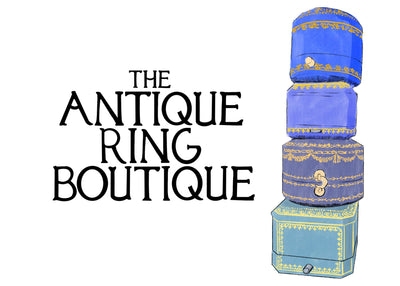
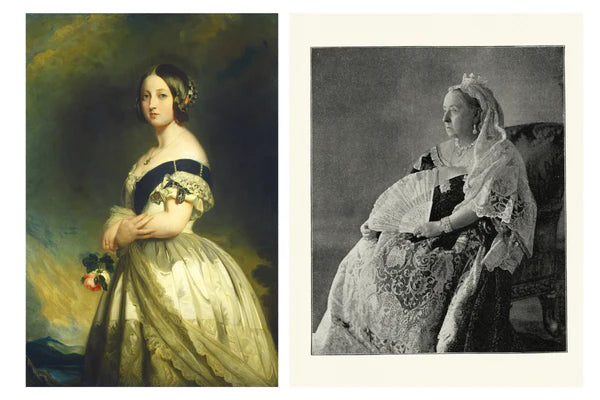
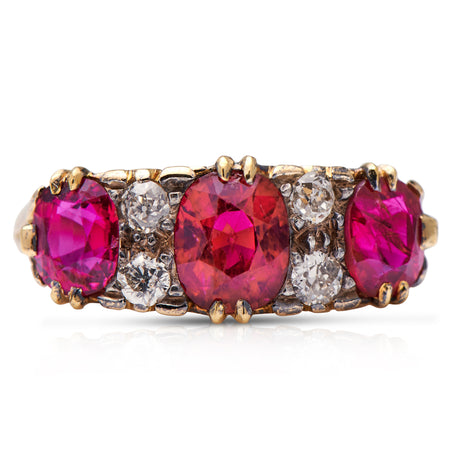
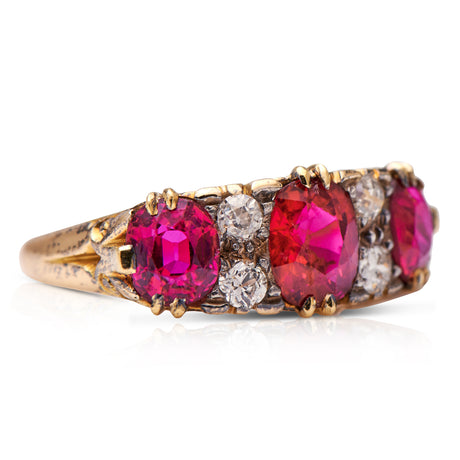
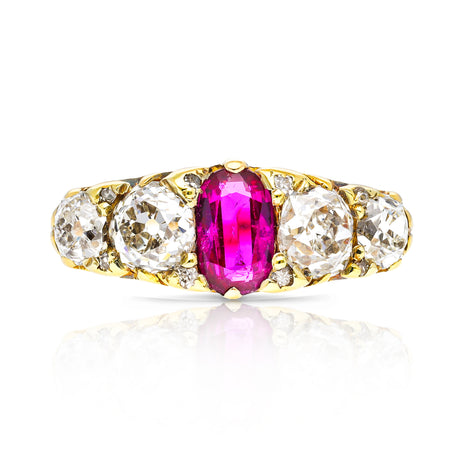
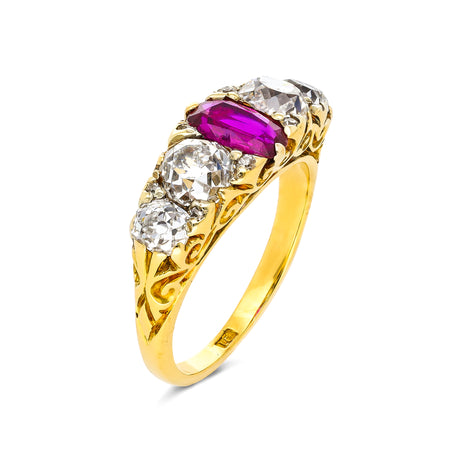
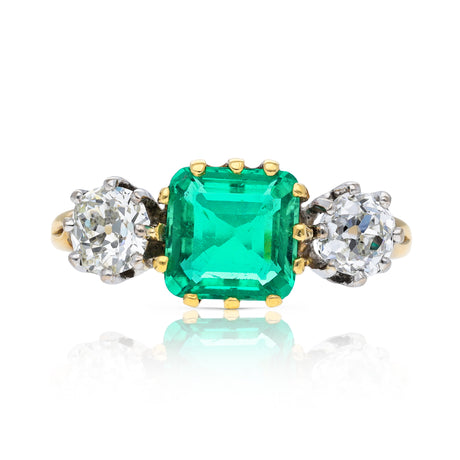
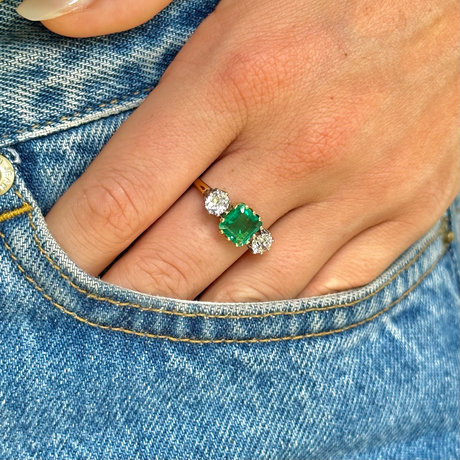
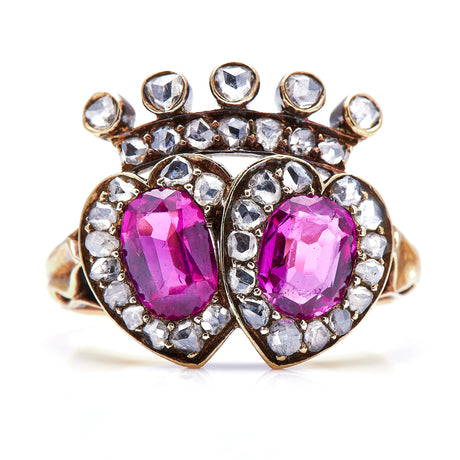
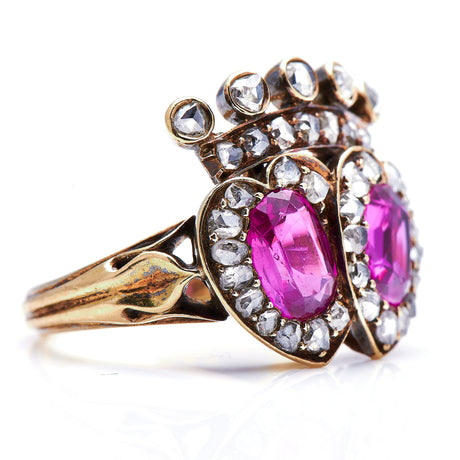
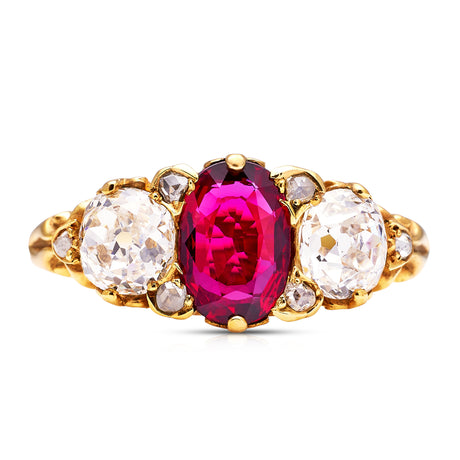
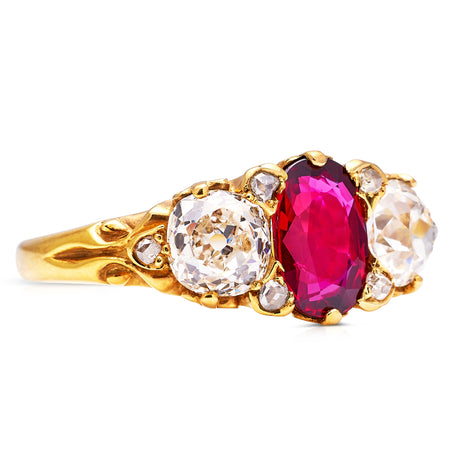
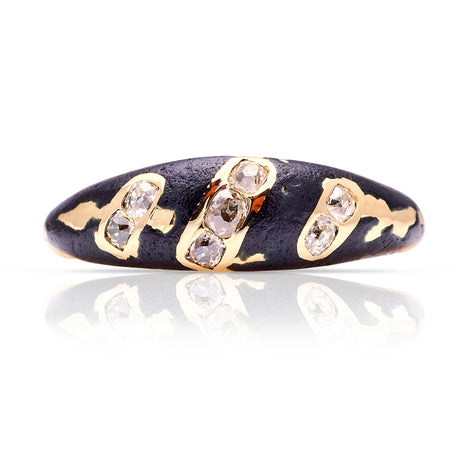
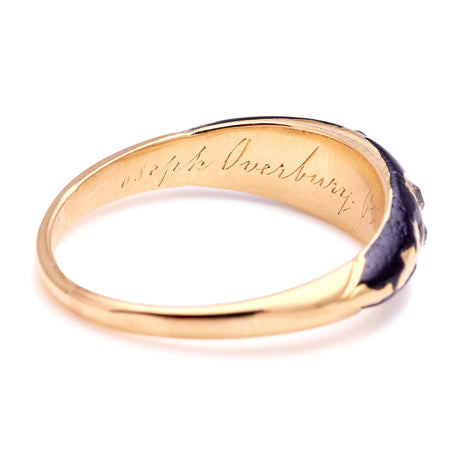
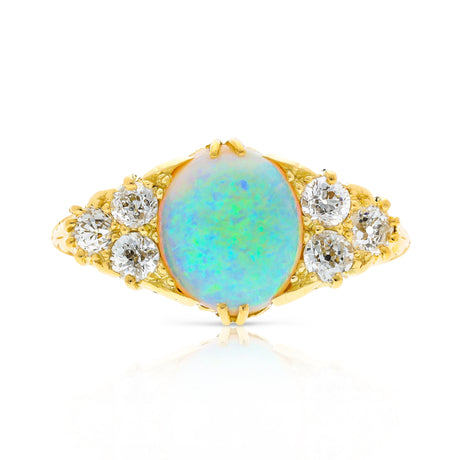
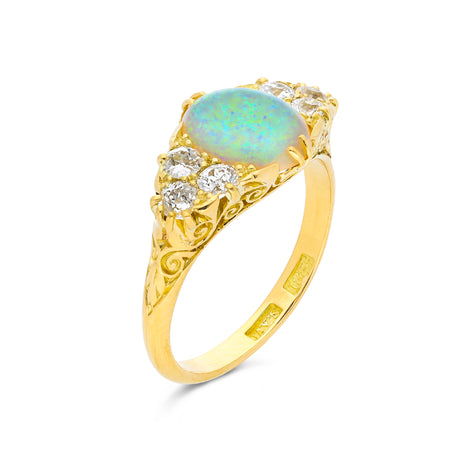
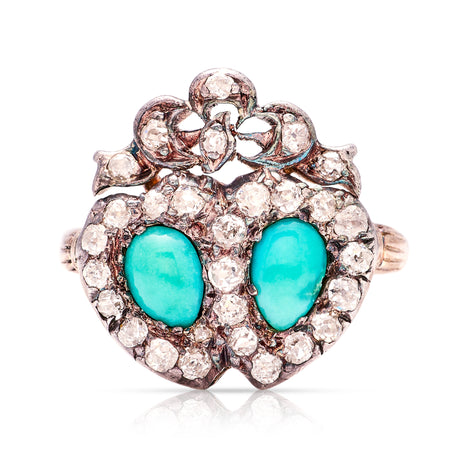
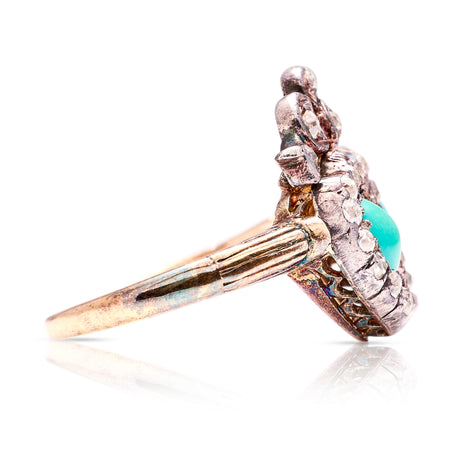

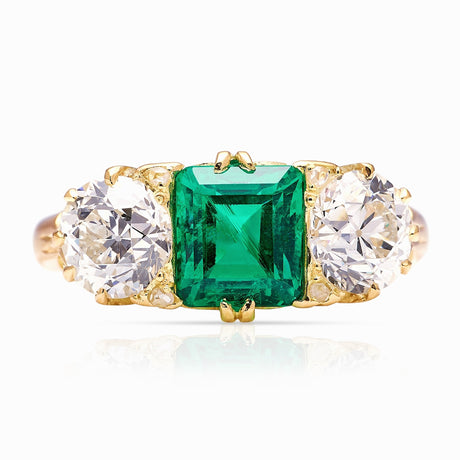
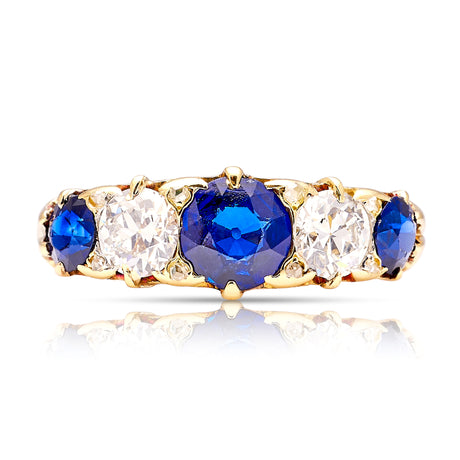

5 comments
Nice blog, i liked the in depth information, that you have shared here, regarding gemstone.
visit here : https://rashiratanbhagya.com/gemstones/opal
Beautifully penned, evocative and swoon-worthy romance of the Victorian jewelry. The vocabulary of jewels is so interesting—every stone speaks! Also Visit : https://navratan.us/gemstone/yellow-sapphire/
A “diamond stone” in the context of sharpening tools refers to a sharpening stone that contains diamond particles, typically embedded in a metal backing. Also, visit: https://navratan.us/
Very Nice Blog on Jewellery, your Gems are really good and unique. It helped me gain a lot of knowledge.
Visit us : https://www.goodstonejewels.com/collections/black-opal-ring
Appreciating your content to enrich our digital lives is always nice, and your information will surely benefit many. In the spirit of mutual growth and learning, I would be honored if you could take a moment to visit my website at,
Best Jewellery Shop in Coimbatore